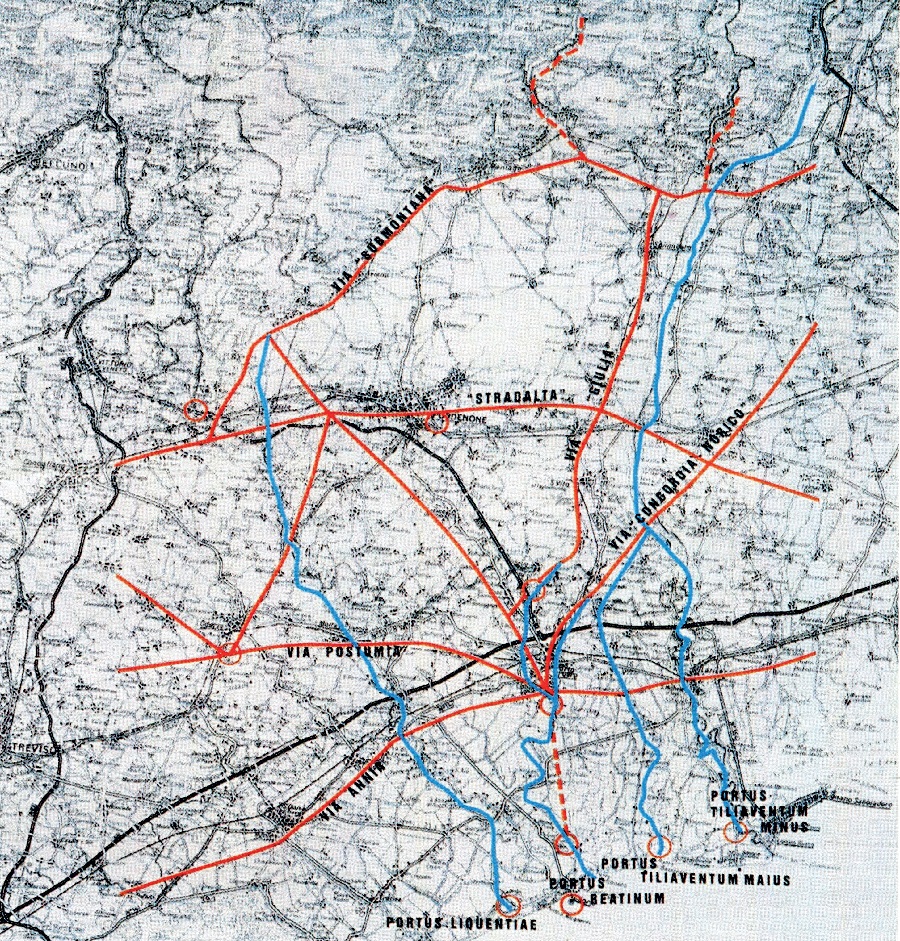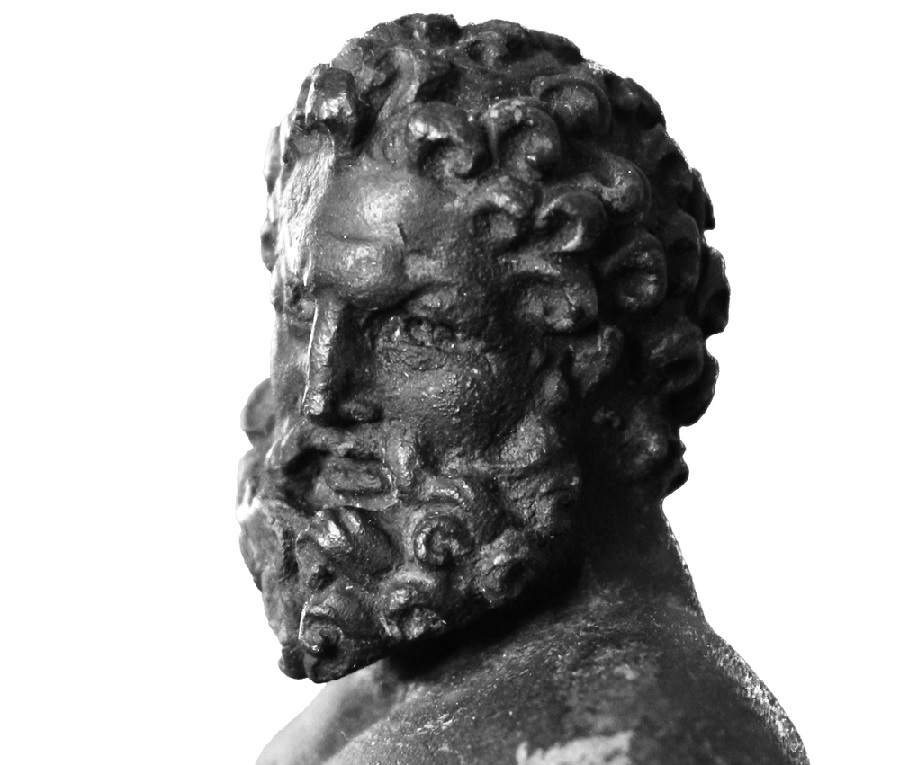PhD Top Stories
Marta Bottos
The Crisis of the 3rd Century AD in the Territory of Iulia Concordia: the Roman Villa of Gorgaz (San Vito al Tagliamento)
Doctoral Programme in Scienze dell'Antichità (interateneo Università di Trieste – Udine – Venezia)
The "Crisis of the 3rd century" has been considered by historians a phase of extreme political, economical and social trouble, that hit the Roman Empire between the death of Alexander Severus (235 AD) and the rise to power of Diocletian (285 AD). Today, however, there is a tendency to reduce the extent of the crisis, reading this period as a phase of transformation. From this perspective, I decided to analyze the dynamics of occupation and the archaeological finds coming from a well-defined area, in order to evaluate the incidence of the so-called “Crisis of the 3rd century” on a sample of centuriated land.
The survey area, which included the current municipal districts of Sesto al Reghena and San Vito al Tagliamento (Pordenone), corresponds to the eastern sector of the ager of Iulia Concordia, north of the Roman colony. This Roman town was founded - probably between 42 and 40 BC - on the site of a preceding protohistoric settlement. A dense network of roads connected the town and the plain on the west bank of the Tagliamento river to the other centers of northeastern Italy (Figure 1).

Figure 1: Roman viability in the ager of Iulia Concordia.
After the founding of Iulia Concordia, the fertile land between Livenza and Tagliamento rivers and north of the town up to the spring belt was probably totally restructured through centuriation. The settlement development of the sample area reflects the dynamics in place in the territory of Concordia. While the first few traces of Roman settlements date back between 2nd and 1st century BC, the widespread occupation of the plain with roman villas, farms, productive sites, and necropolis occurs between the end of 1st century BC and the first years of 1st century AD. The situation seems to change in 3rd century AD, when there is a sharp settlement decrease which especially involves small properties, while larger ones seem to undergo a significant transformation of residential environments in terms of their usage and productive purpose. Apparently, therefore, the data seem to support the traditional interpretation, which links this kind of phenomena to the crisis of the 3rd century.
The examination of the evidence from Gorgaz in San Vito, however, provide valuable suggestions, which outline a more structured picture. The archaeological evidence places in Gorgaz an important Roman urban-rustic villa, well integrated in the land division (centuriation), and located near the road that went up the west bank of Tagliamento, which connected Iulia Concordia to the pre-Alpine passes. The complex, which covers about 8 hectares, was divided into two sectors: One, a residential part, which refers to the partial plan obtained by a geomagnetic relief carried out in 1982, and Two, an area dedicated to both agricultural exploitation and productive activities, like production of bricks. The study of archaeological finds attest continue abitation between the end of 1st century BC and 4th/5th century AD, and, therefore, even during the critical phase of 3rd century AD. Among the finds examined, we recall, for example, the significant presence of plates and bowls in African Red Slip Ware stemming from production A and C (from the beginning to the middle of 3rd century AD), and fragments of African amphoras (2nd-4th century AD). In Gorgaz, metal finds of particular value, which have been dated to the 2nd and 3rd century AD, have also come to light: a small bronze of Hercules at rest, a Medusa protome applique, and a rare bronze sign (Figure 2).

Figure 2: Bronze of Hercules at rest from Gorgaz.
These evidence and other finds suggest the good economic strenght of the inhabitants of Gorgaz. Actually, this villa, contrary to the progressive decline of the settlement system, not only attract goods from the eastern Mediterranean and Africa, but also manage to acquire goods of a certain value.
This situation, which does not appear isolated in the sample area, seems to fit with the more general phoenomena of structural change and reorganization of land ownership, with a centralised management of rural property. After the contraction of smaller settlements, the most important rustic villas, such as Gorgaz, could take over superintendence, control, and coordination of huge rural possessions. Finally, the data considered from the district of Sesto al Reghena and San Vito al Tagliamento can be paradigmatic of the transformations taking place in the ager of Iulia Concordia in the 3rd century AD, which will have an important impact on the spatial planning of the territory in Late Antiquity.
Authors and affiliations
Marta Bottos1, Giovanni Tasca22Museo Civico «Federico De Rocco», Via Pomponio Amalteo 1, 33078 San Vito al Tagliamento (PN)
Contact
Marta Bottos, email: marta.bottos@unive.itReference
Marta Bottos, Giovanni TascaThe Crisis of the 3rd Century AD in the Territory of Iulia Concordia: the Roman Villa of Gorgaz (San Vito al Tagliamento)
in Martin Auer, Christoph Hinker (Eds.), Roman Settlements and the “Crisis” of the 3rd Century AD, Ager Aguntinus, Historisch-archäologische Forschungen , Wiesbaden, pp. 47-58.4,(2021)
link
Informazioni aggiornate al: 29.4.2021 alle ore 08:45
Contact: Webmaster - Università di Trieste pagina curata da: Research Doctorate

Piazzale Europa, 1 - 34127 - Trieste, Italia -
Tel. +39 040 558 7111 - P.IVA 00211830328
C.F. 80013890324 - P.E.C. ateneo@pec.units.it



